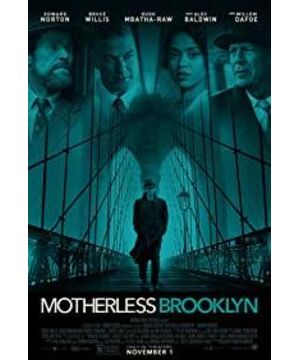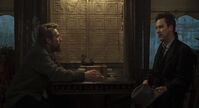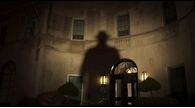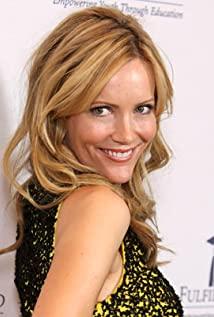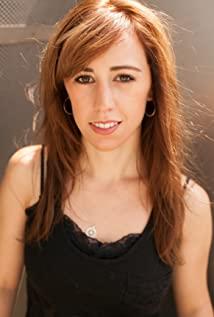After watching the movie "The Brooklyn Secret" directed by Edward Norton, I found some interesting content after watching it. This movie is quite anticipated, but the content is a bit boring. Norton’s acting skills and the film’s "old movie" temperament are still Can hold it, in fact, I feel that Norton’s film is enough to nominate the best actor Oscar. I don’t have much to say about the plot of the movie. There is a scene where the male lead played by Norton goes to the big villain, and he can’t be called the villain. Moses Randolph, played by Alec Baldwin, who is in charge of the construction of New York City, has a pile of architectural models in Moss’s office, and a painting on the background wall attracts me. It is the famous architect Paul Rudolph. An unbuilt building plan by Paul Rudolph,
In the movie, Mos Rudolph’s younger brother (played by actor William Dafoe) is also called Paul Rudolph and an architect... Is this a coincidence? Although the English name is missing by two letters, it is obvious that this is a deliberate arrangement of the director: this suspenseful story based on urban construction and house demolition in New York in the 1950s was matched by the director with the real history of New York construction.
And the prototype of the "great villain" Moses Randolph Mos Rudolph is also likely to be an architect, Robert Moses, the famous Robert Moses in the history of New York City construction, the real architect Robert Moses and the architect Are Paul Rudolph brothers? No, because they are not people of the same age. Robert Moses’ personal experience is exactly the same as that of Moss in the movie. He is keen to build parks and bridges for the city. He built 2.5 million acres of national parks and 416 miles in his life. Park Avenue, 12 bridges, 2 dams, 568 playgrounds, and many important public buildings. The United Nations Building and Lincoln Center are the keys to Moses’ “Save New York” strategy. The movie says that he is more powerful than the mayor. It is not fabricated. He also values urban traffic very much. The declaration "Traffic creates cities, and cities exist for traffic." This is a part of his later criticism.
So are the architect Robert Moses and the architect Paul Rudolph irrelevant? In fact, it is also very relevant. Robert Moses proposed the Manhattan highway plan in the 1940s and 1950s, but because of the huge amount of demolition, many people opposed it, including the mayor of New York at the time, the Rockefeller family, and later Jane Jacobs. Booth also wrote against this plan in his book. However, the road congestion in New York often makes people miss the highway plan. So around the 1970s, the architect Paul Rudolph continued to study the plan. This resulted in the unbuilt "New York Highway Plan" on the wall in the movie. This architectural plan was later recognized by the academic circle as a utopian urban planning with characteristics of the metabolic school. Paul Rudolph optimized Robert Moses’ plan to construct highways without destroying the urban fabric of Manhattan.
Another feature of Rudolf’s plan is that it planned many social housing along with the transportation. This kind of humanistic care is an important reason why the plan was later adopted as a utopia. It is difficult for such a macro system to win the approval of the New York City government. To this day, it is rare to see the highway in Manhattan, because it has always existed in the imagination. Therefore, the true background of the movie "The Brooklyn Secret Case" is likely to be "Why is there no highway secret case in New York". Of course, the movie itself does not talk much about urban construction, and it is said that the movie has original novels. I haven’t watched it either, so I dare not say that this movie is based on a real story, but the story between the two architects, Robert Moses and Paul Rudolph, has some influence on this movie, and the other two All of them graduated from Yale University. Whether the relationship between mentor and apprentice is still to be investigated. The architecture building of Yale University designed by Paul Rudolph is now a must-read classic work for architecture students worldwide. Both the Paul Rudolph in the movie and Paul Rudolph's final urban planning plan in reality have not been realized. This unrealized macro system can only really be a "secret case"...
Another point is that there is a eloquent lady among the public who opposes Moss’s urban construction in the film. It is very likely that the prototype is Jane Jacobs. Jane Jacobs is the book "American Metropolis" The author of "Life and Death" was also described in the American drama "The Great Mrs. Messer". In this way, this movie really condenses the urban social construction of New York for more than half a century into a single era.
View more about Motherless Brooklyn reviews


